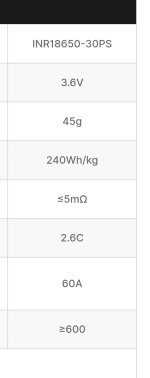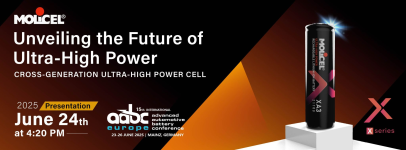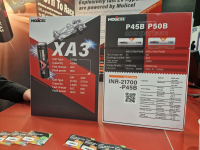Pajda
10 kW
At Vapcell (Shenzhen Vapcell Technology Co., Ltd.) from my experience they have the most up-to-date information on their Alibaba store and it's also probably the most seamless way how to order from there as well. Here is the link https://www.alibaba.com/product-det...tml?spm=a2700.shop_pl.41413.19.769c7121O4V8Ne
Just click on "Chat now" and write that you are interested in a particular cell, a salesperson will contact you thru the Alibaba Messages chat and make a quote for cells and calculate shipping cost for you. The minimal order amount is usually 10pcs.
Just click on "Chat now" and write that you are interested in a particular cell, a salesperson will contact you thru the Alibaba Messages chat and make a quote for cells and calculate shipping cost for you. The minimal order amount is usually 10pcs.








